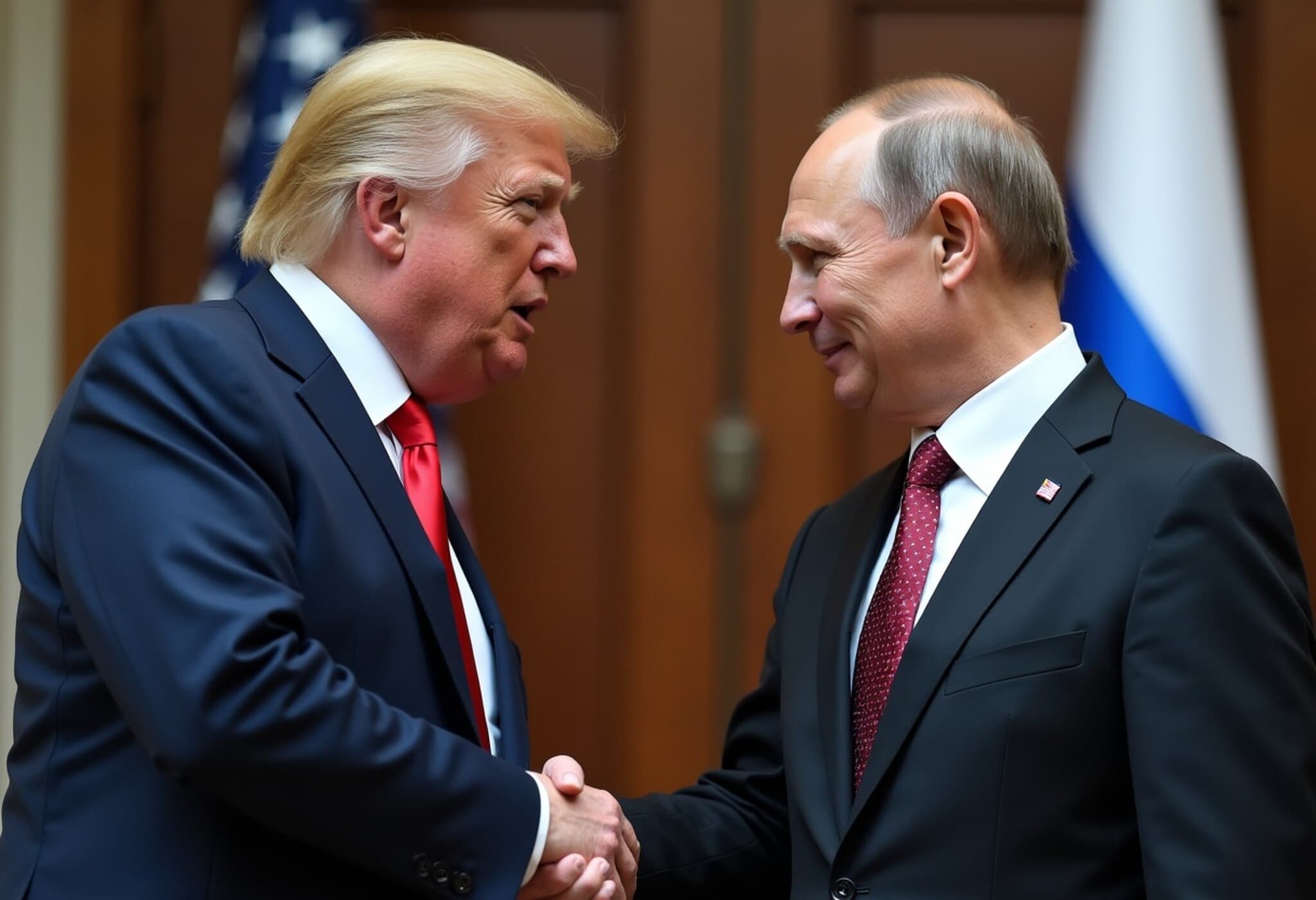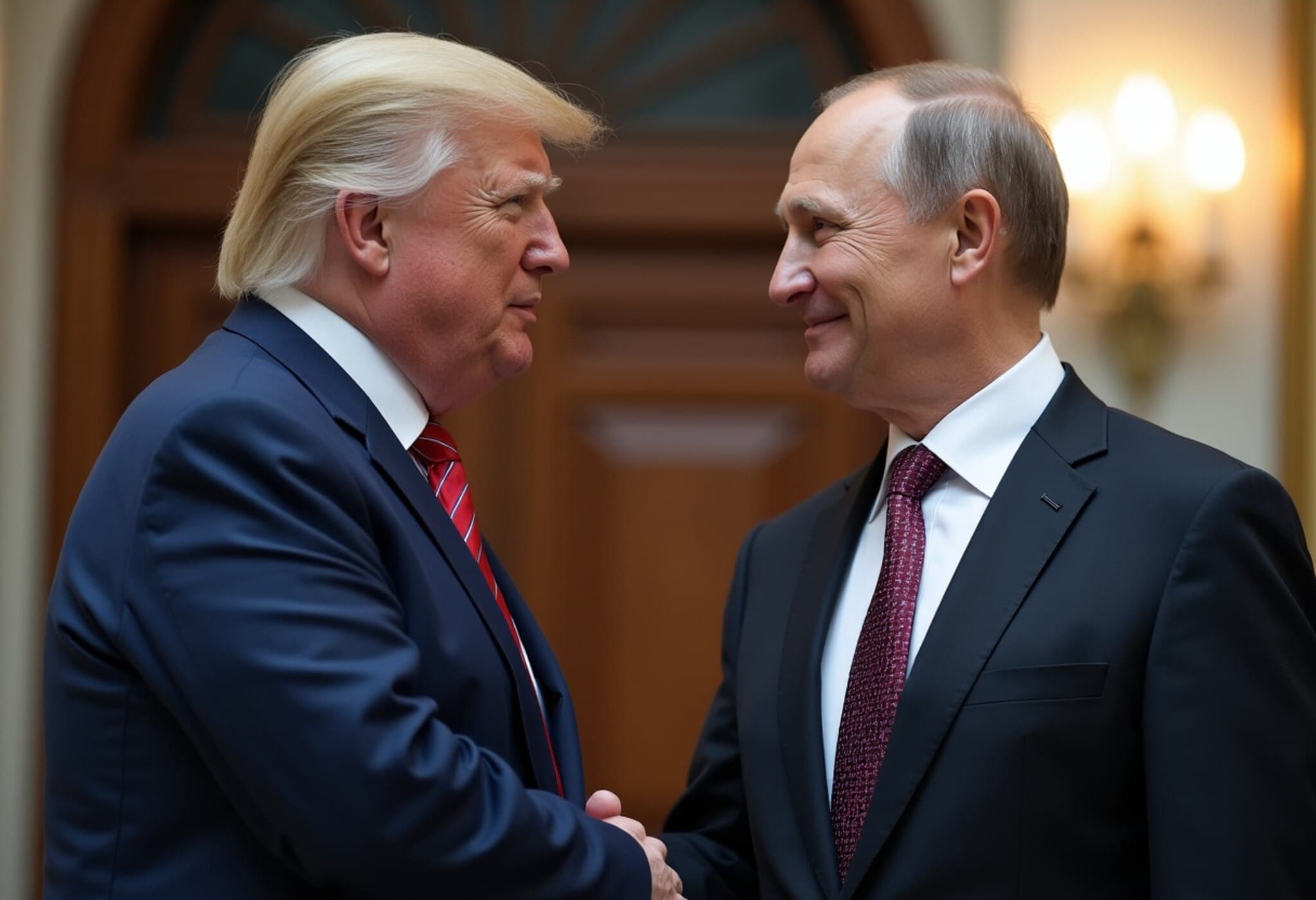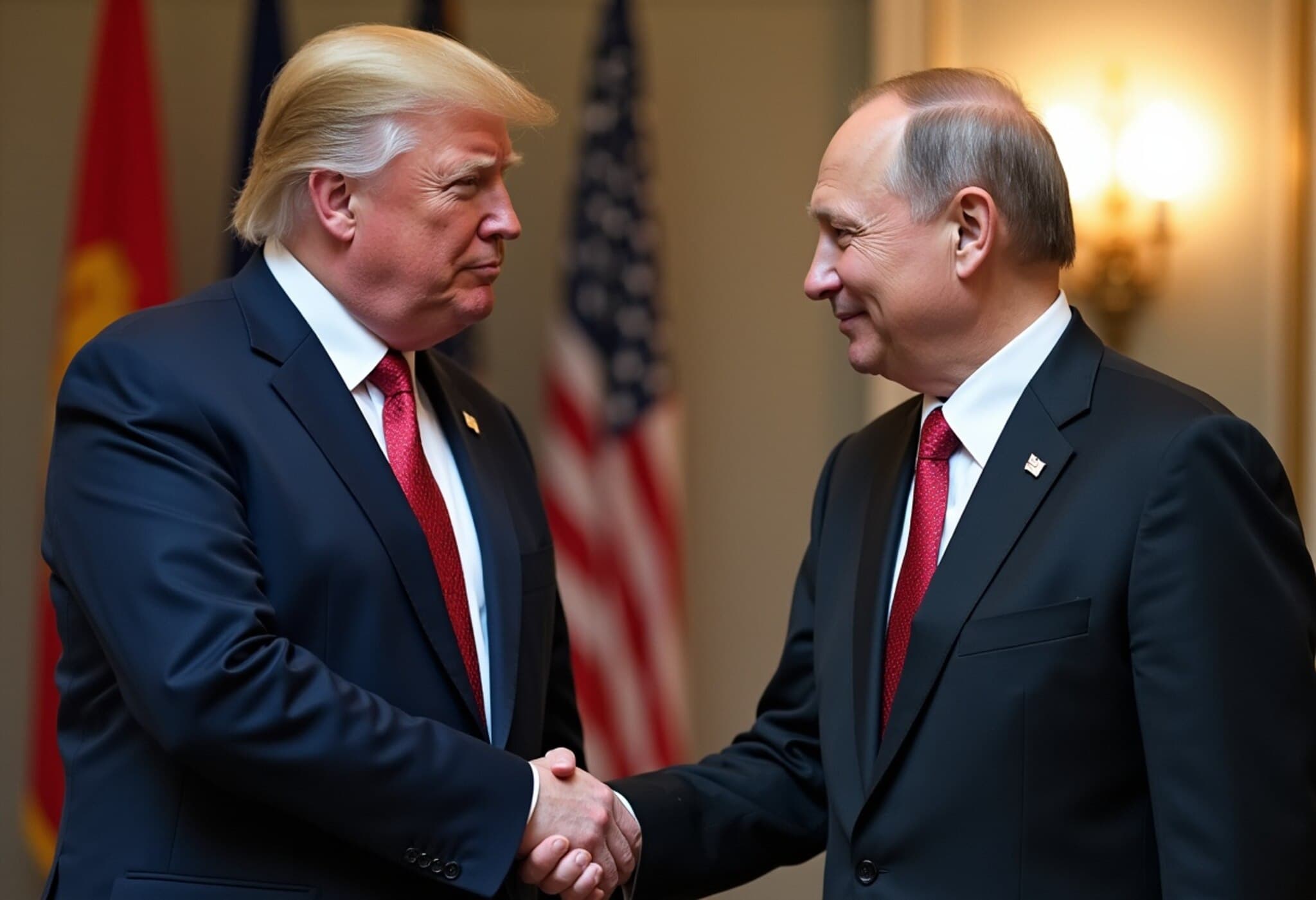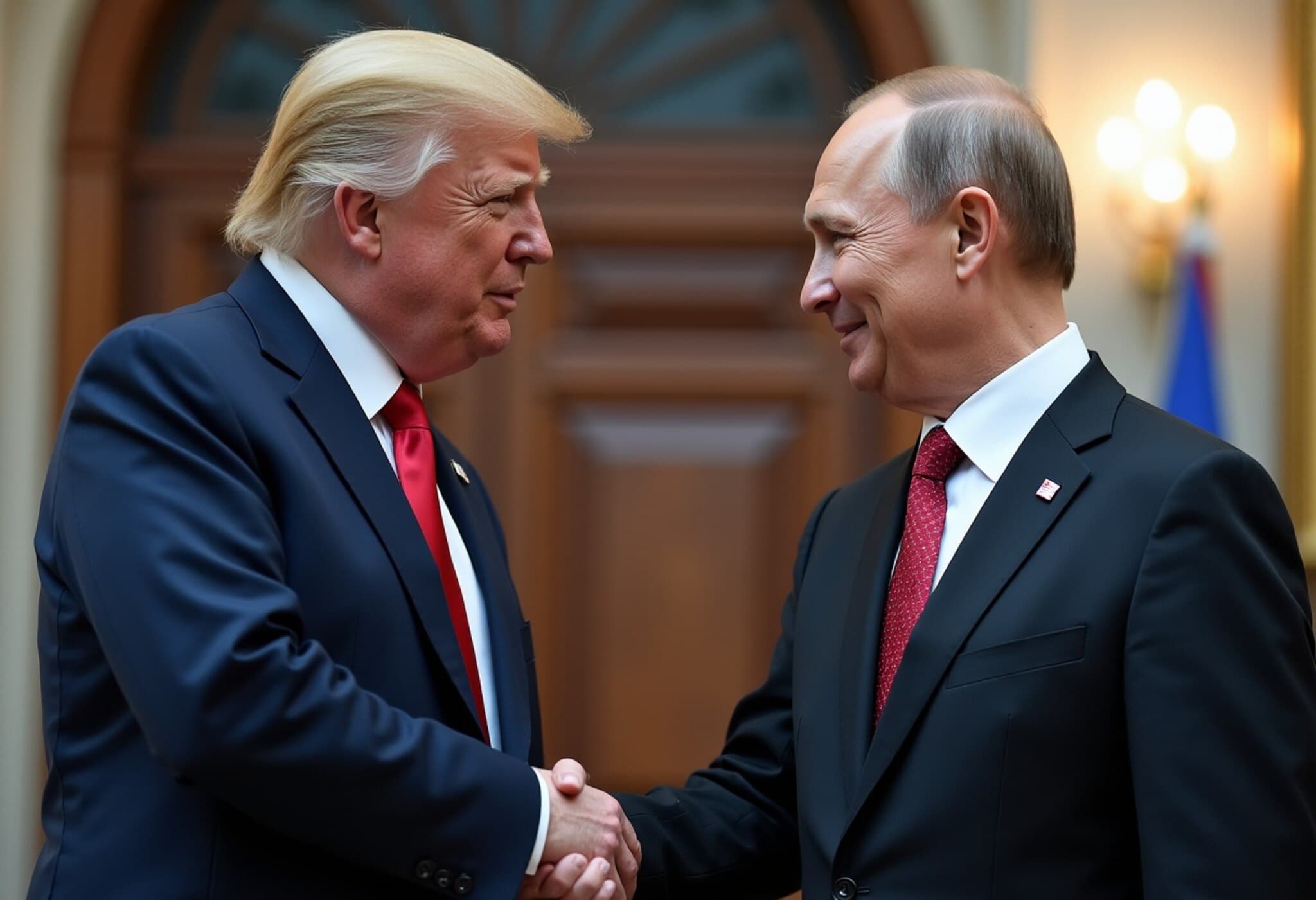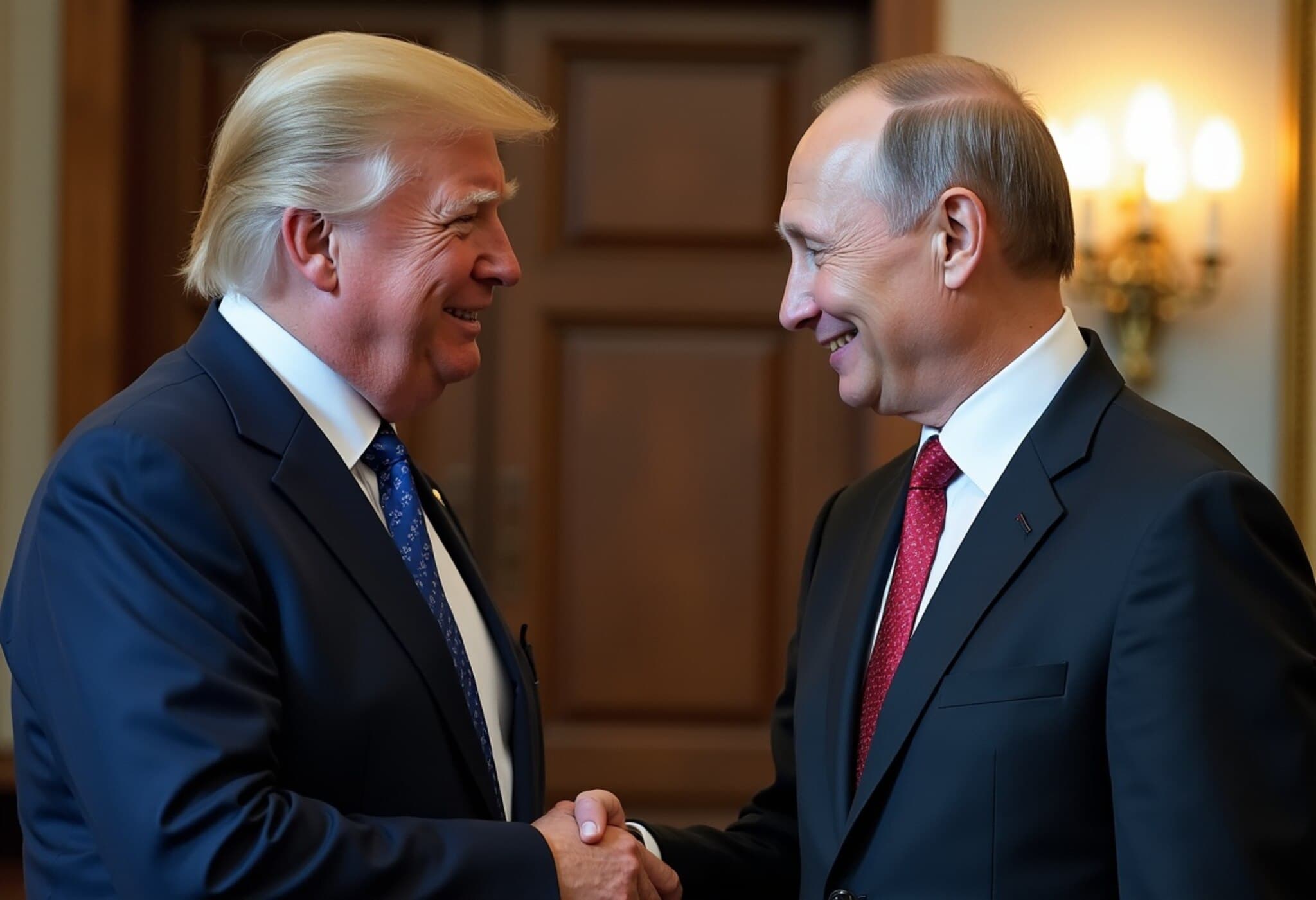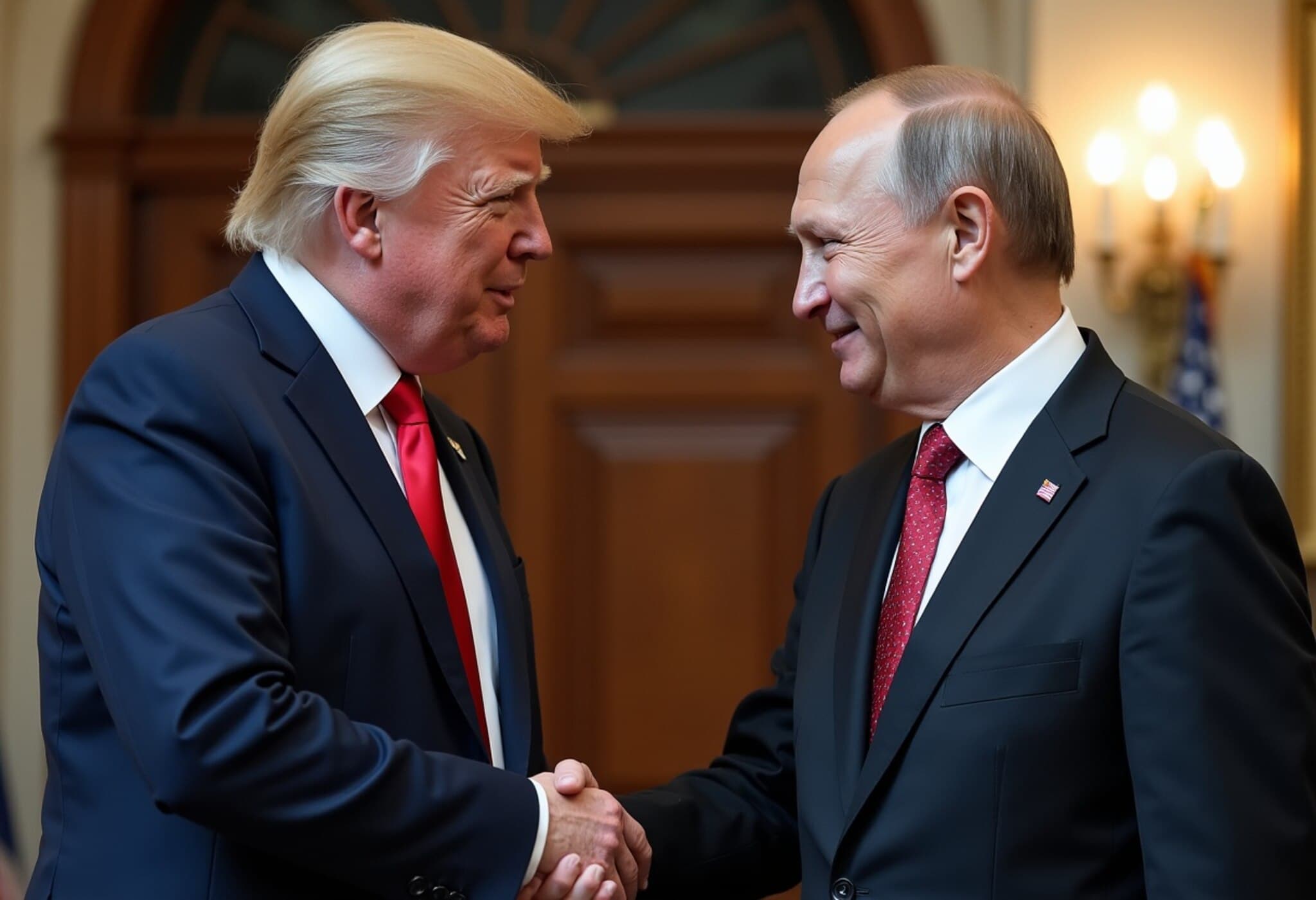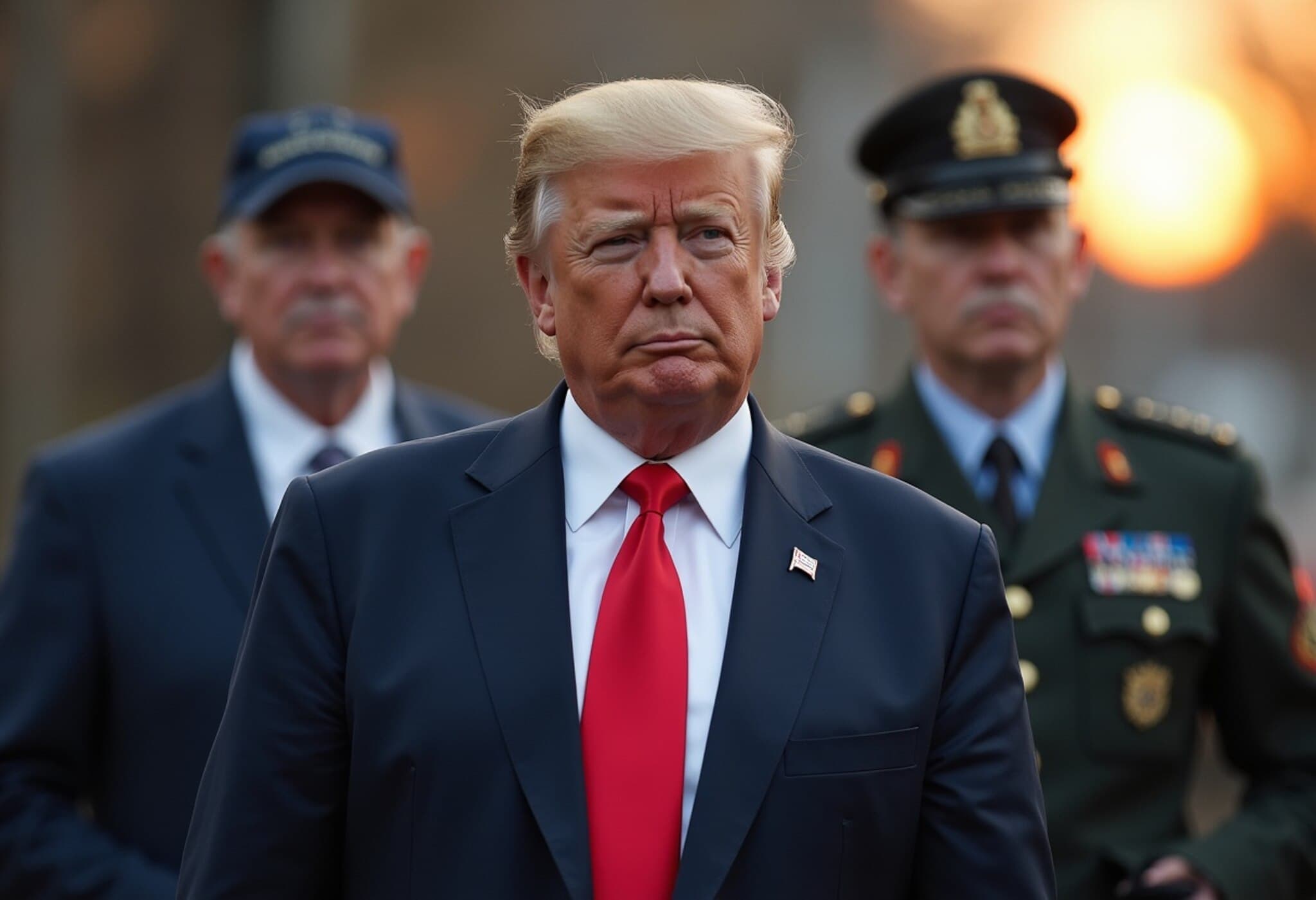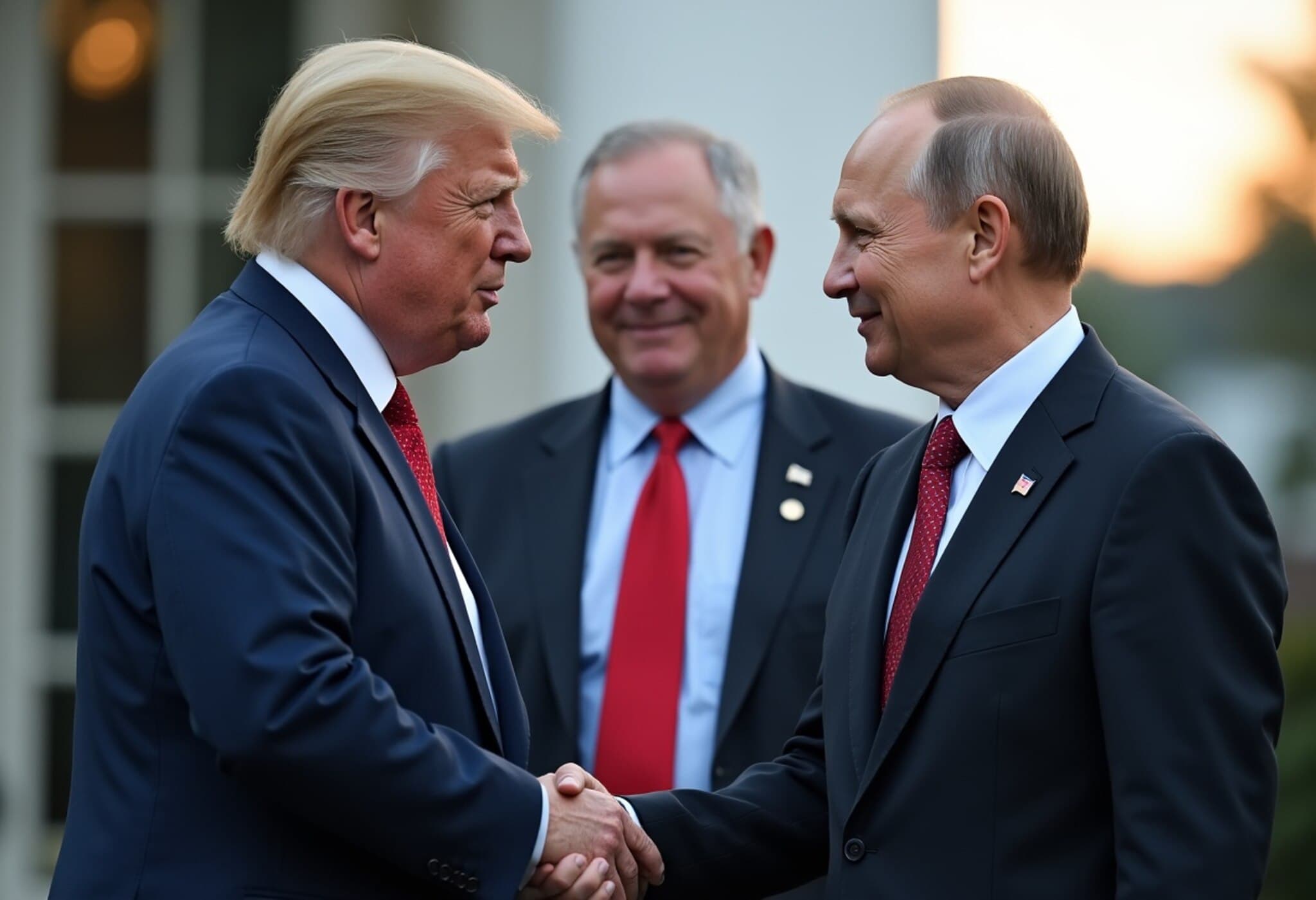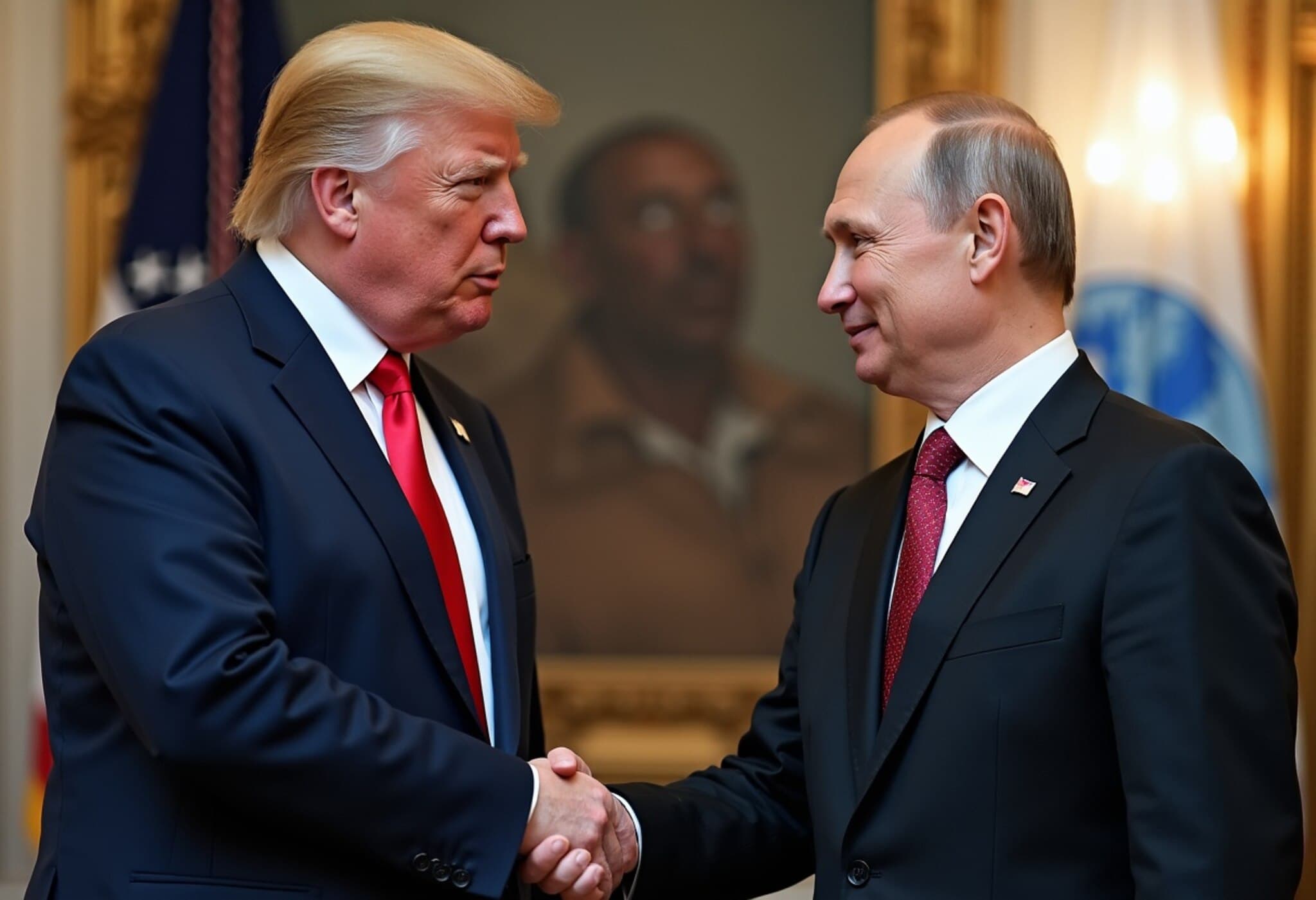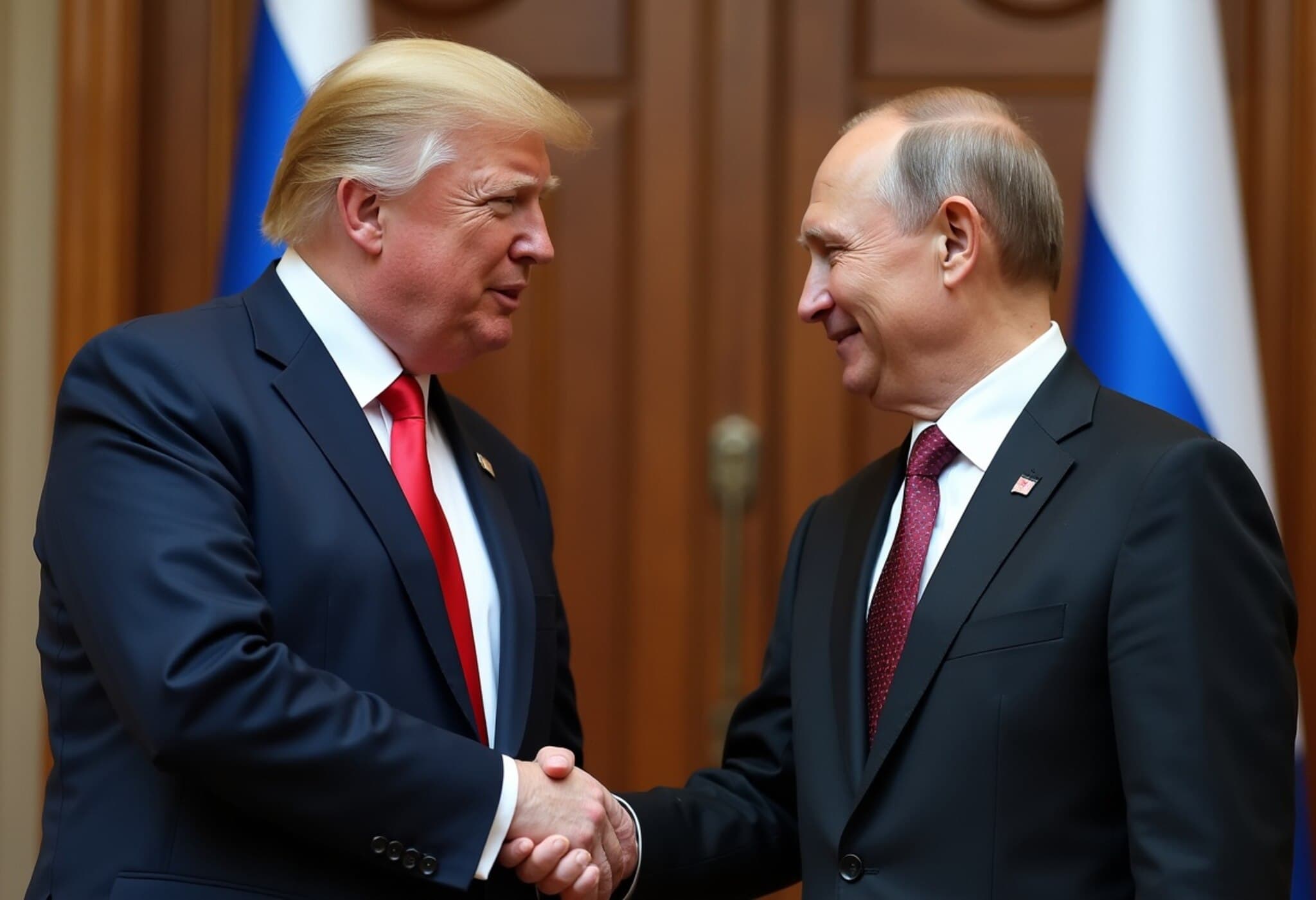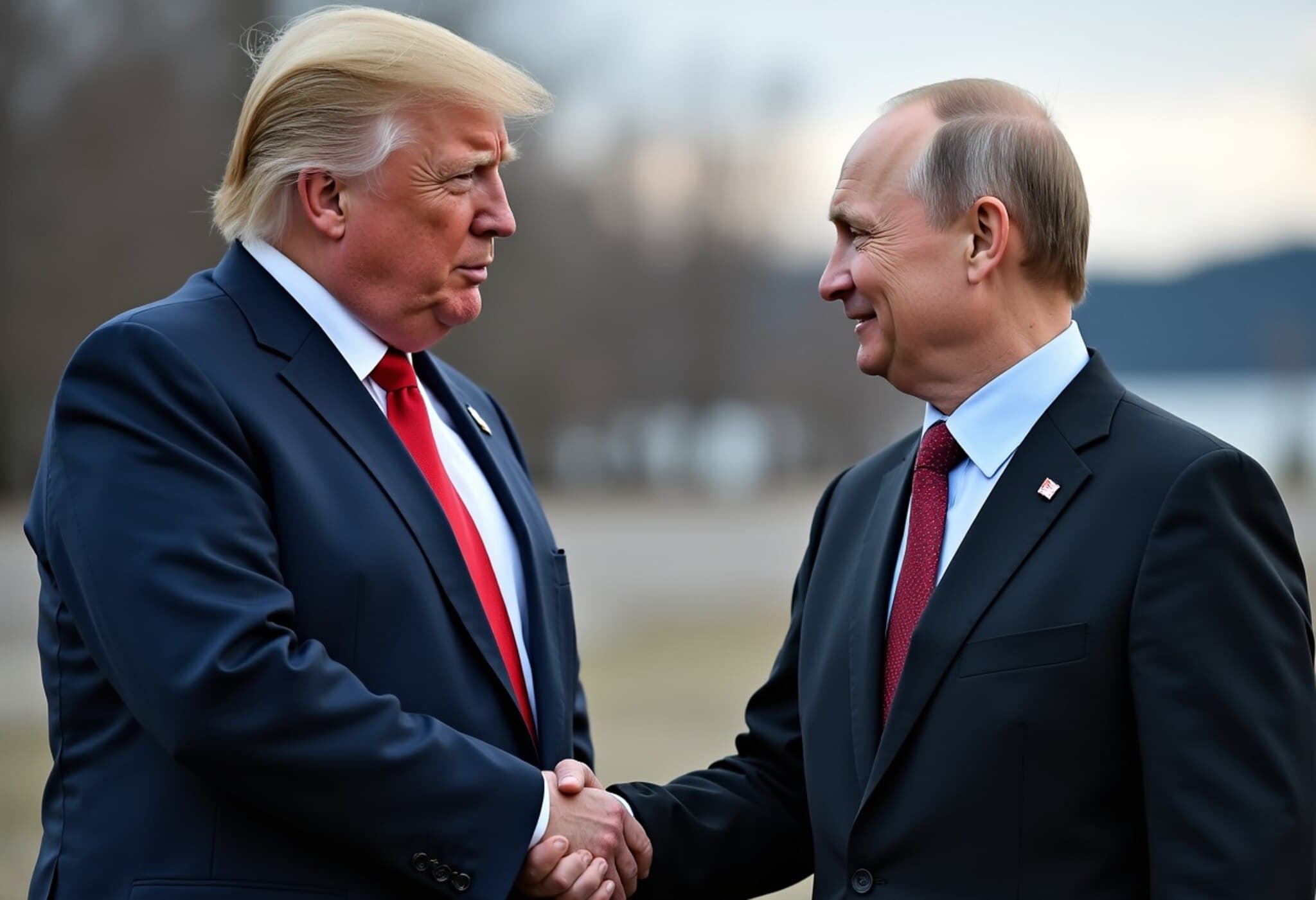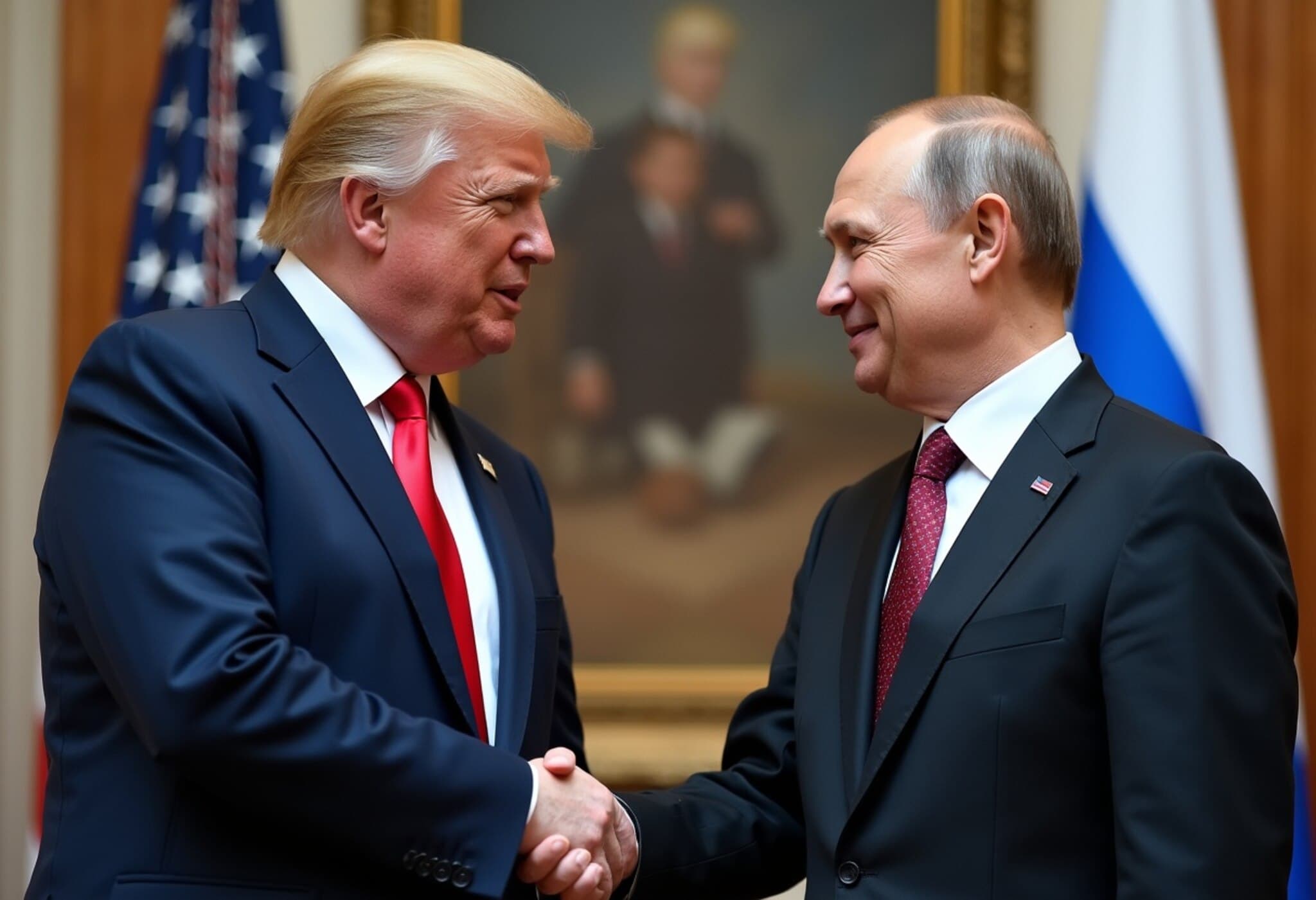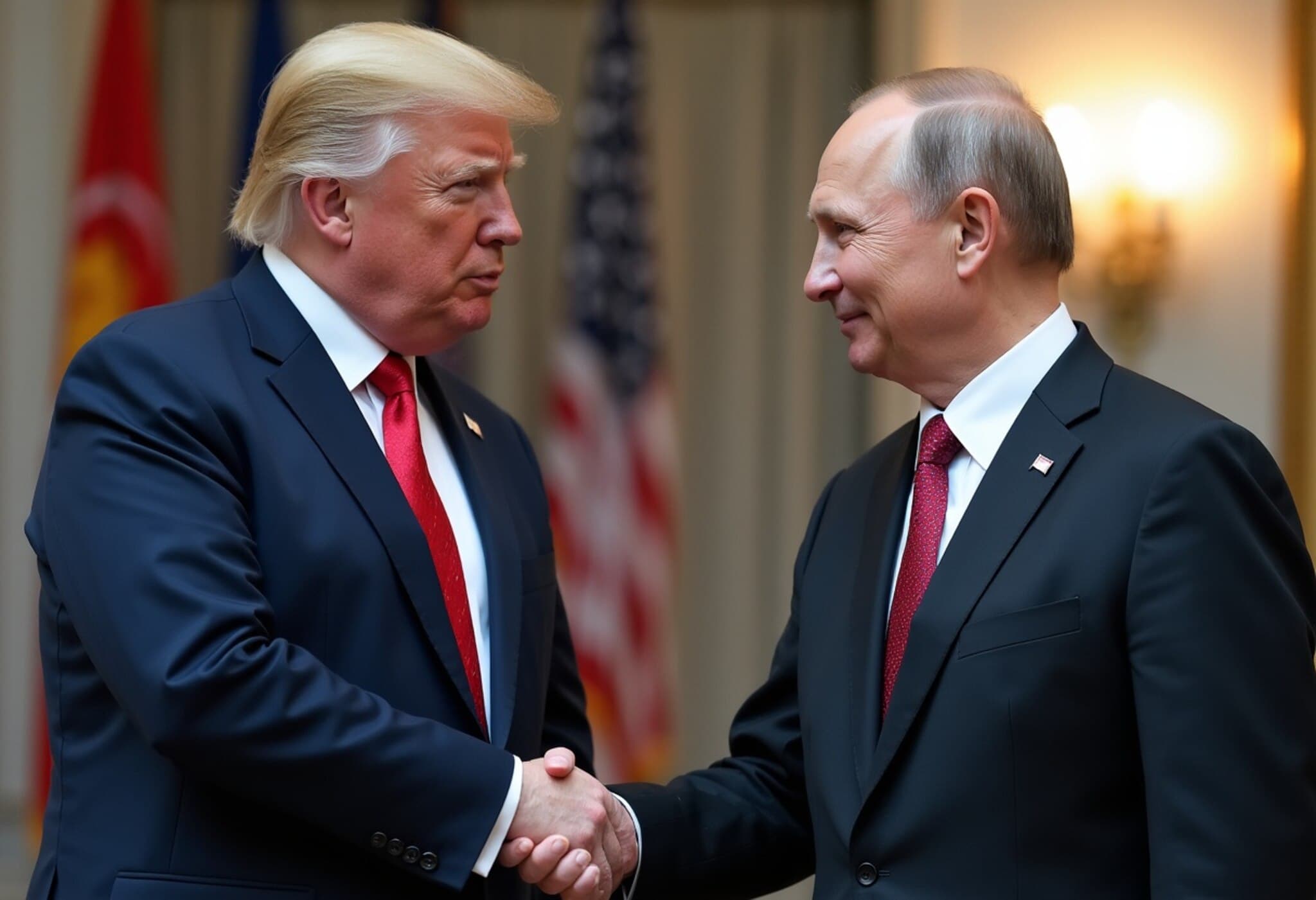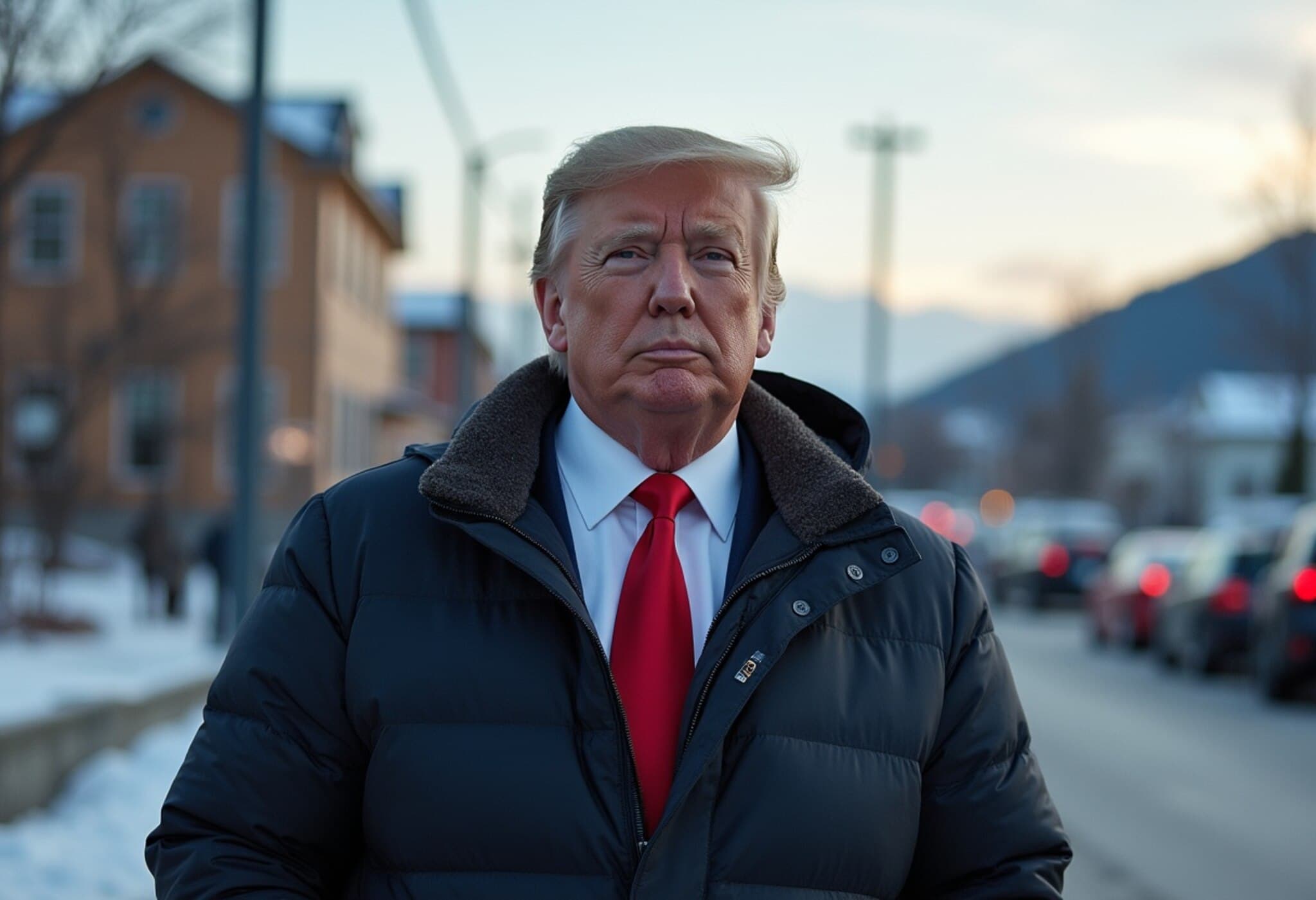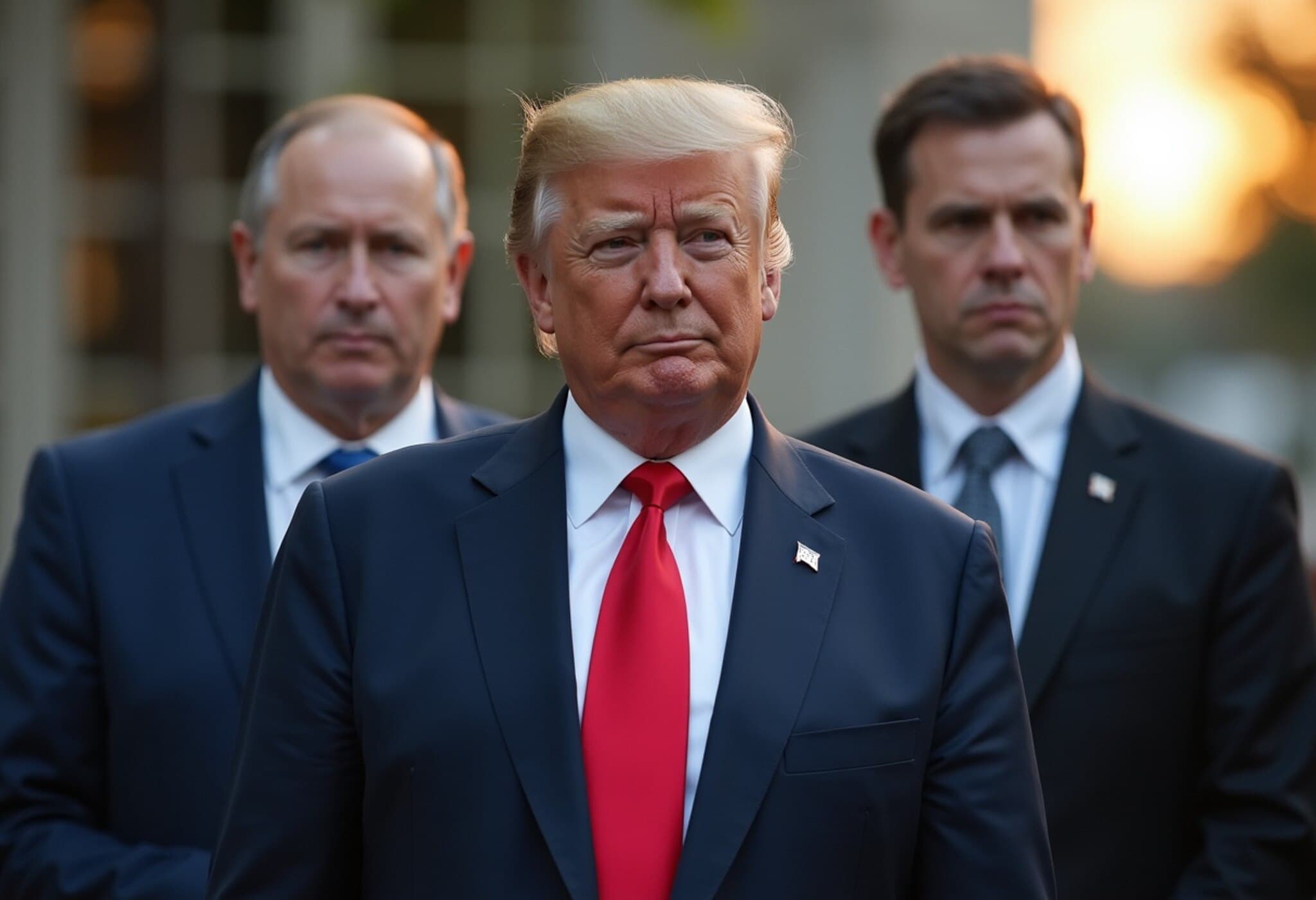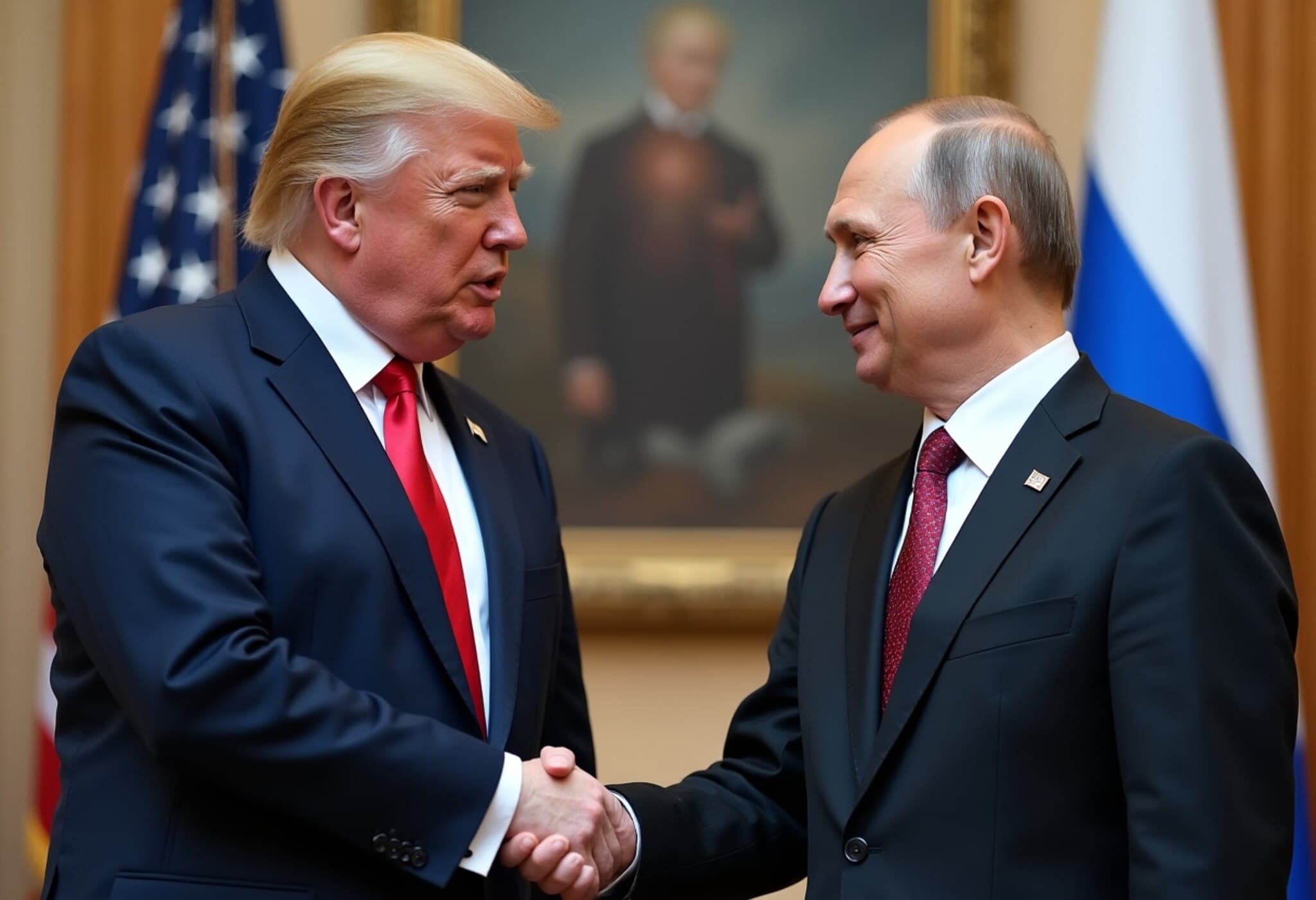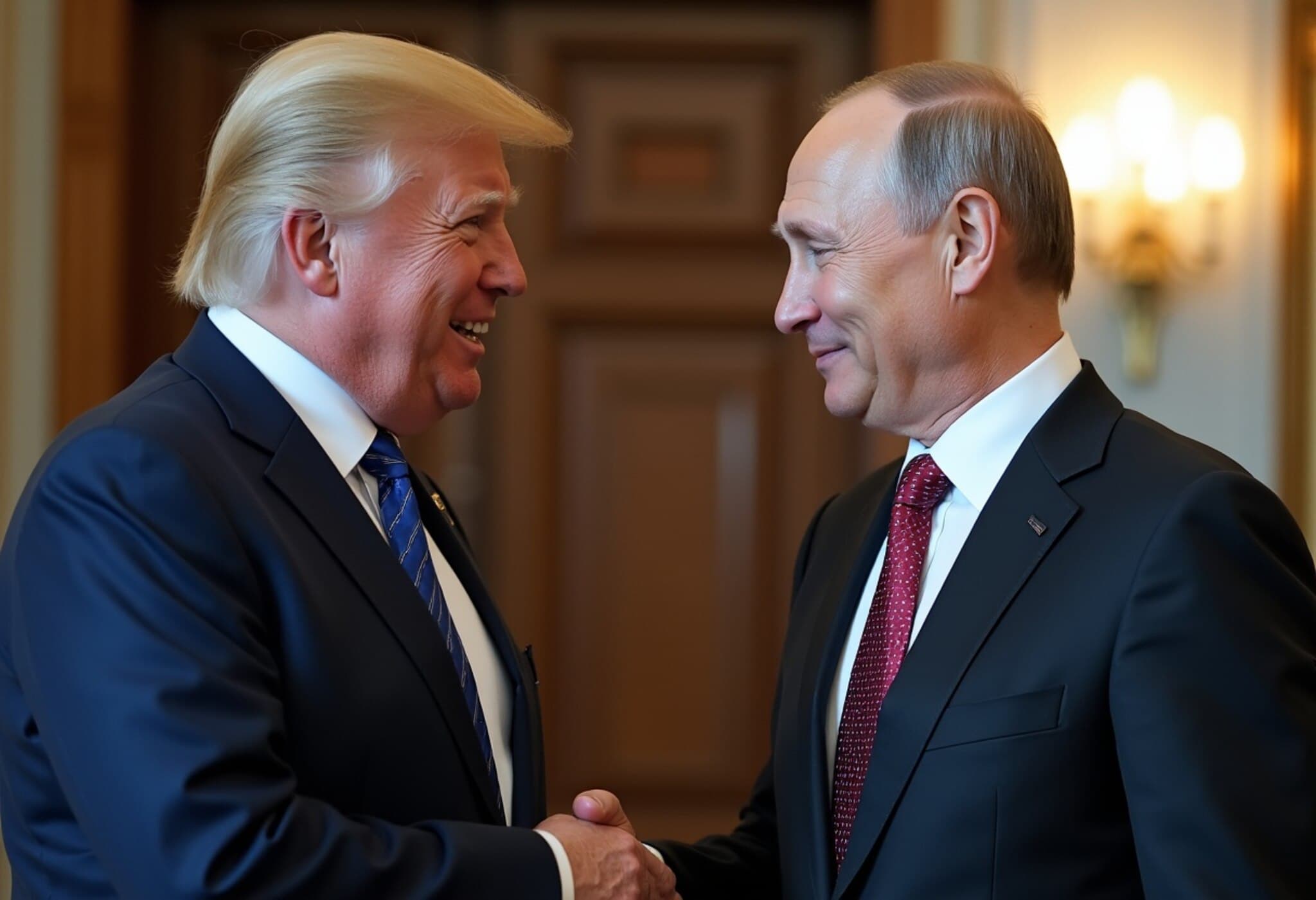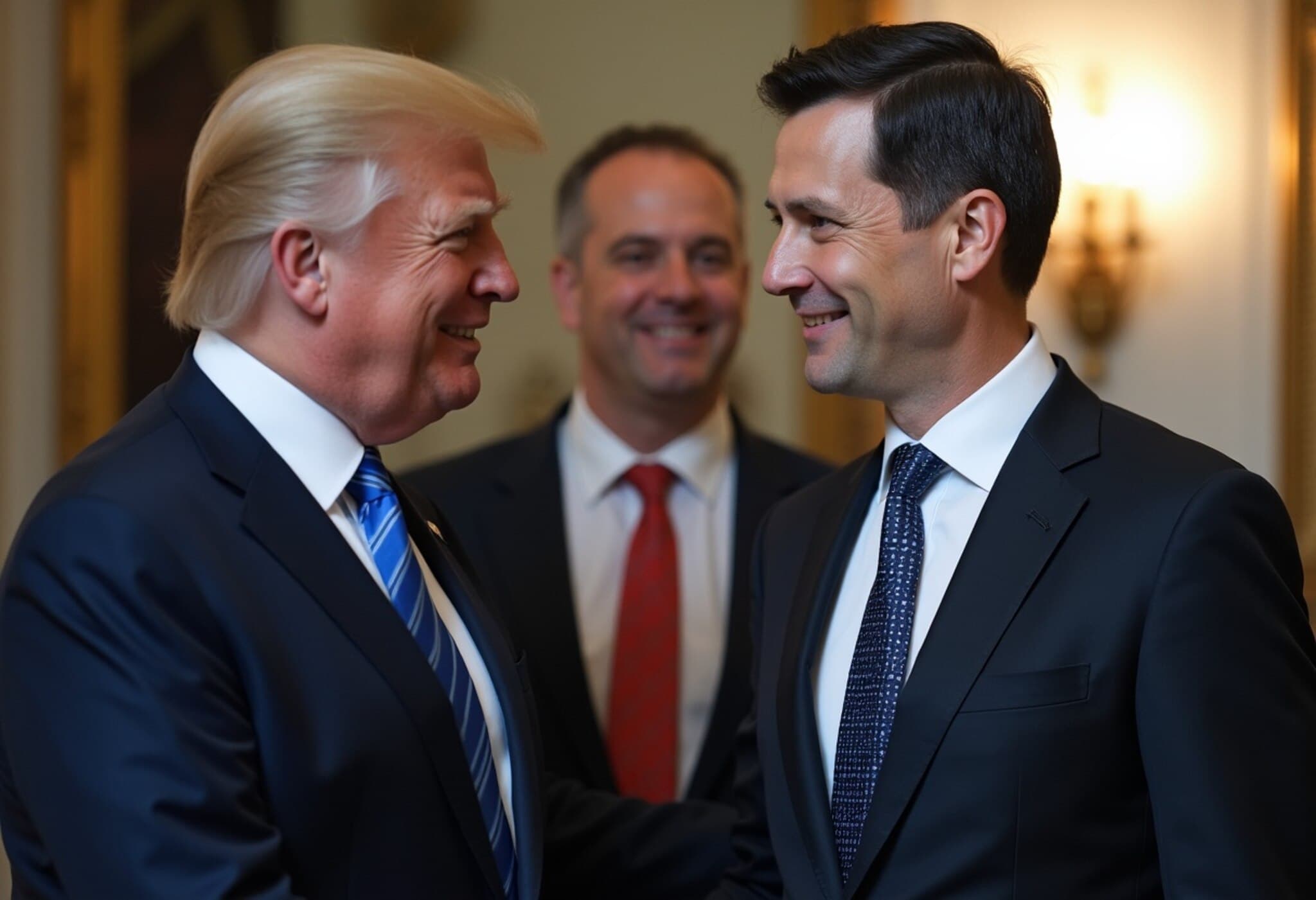Contextualizing Trump’s Warning to Putin Ahead of Alaska Summit
As US President Donald Trump prepares to meet Russian President Vladimir Putin in Anchorage, Alaska, this Friday, his recent warning of ‘very severe consequences’ for Putin if a ceasefire in Ukraine isn’t agreed upon has grabbed international attention. However, experts and observers suggest that this threat may hold little weight. Here are five reasons why Trump’s tough talk might not translate into substantive action.
1. The Alaska Meeting: More of a ‘Feel-Out’ Than a Negotiation
Official statements from the Trump administration have consistently framed the upcoming summit as a listening session rather than a decisive negotiation. Trump himself acknowledged the meeting’s exploratory nature, suggesting that Alaska will serve primarily to assess the current diplomatic landscape.
“The first meeting is to find out where we are and what we’re doing,” Trump explained, positioning the summit as a prelude rather than a solution. This admission dilutes expectations for an immediate ceasefire agreement and signals a cautious approach.
2. Limited Immediate Impact on Russia
White House officials, including spokesperson Leavitt, have emphasized that only one party involved in the Ukraine conflict—Russia—will be present at the summit, limiting the scope of meaningful progress. The meeting is more about understanding Russia’s perspective than imposing new threats or consequences.
This approach indicates that, at least for now, Russia doesn’t face heightened direct pressure stemming from the gathering, undermining the potency of Trump’s prior warnings.
3. Trump’s Pattern of Retreats and Shifting Deadlines (“TACO”)
Social media and analysts have coined the term “Trump Always Chickens Out” (TACO) to describe his repeated backpedaling on tough stances. For example, Trump set a 10-12 day deadline in late July for Russia to reach peace or face harsh sanctions, shortening it from an earlier 50-day ultimatum. Despite this, no new sanctions materialized after the deadline passed.
Meanwhile, sanction actions have targeted other countries, like India, causing friction with key partners. Former National Security Adviser John Bolton criticized this contradictory approach, noting the sanctions hurt India but left Russia largely unscathed, showcasing policy inconsistency that weakens the administration’s negotiating leverage.
4. Negotiating Without Ukraine – And Preparing a Second Summit
The Alaska summit excludes Ukrainian President Volodymyr Zelenskyy, despite widespread agreement from European leaders and Kyiv that Ukraine’s inclusion is vital to any peace process. Kremlin insistence on a bilateral meeting with the US marginalizes Ukraine’s role.
Trump is already signaling openness to a subsequent summit involving Zelenskyy, illustrating that the current meeting may be more symbolic or tactical rather than geared toward concrete peace efforts.
5. Putin’s Strategic Advantage and Diplomatic Chess
As John Bolton highlights, Putin views Trump less as an ally and more as someone he can maneuver, leveraging his intelligence background and experience. Putin arriving on American soil, meeting the US President, and receiving global media attention itself marks a diplomatic victory, regardless of substantive negotiation outcomes.
Experts anticipate Putin may use the Alaska summit to project diplomatic normalcy while possibly deepening divisions or influencing Trump’s perspective without conceding on Ukraine.
Expert Insight: Why Substance Remains Elusive
From a policy standpoint, this summit unfolds against a backdrop of cautious US-Russia relations marked by mistrust, geopolitical rivalry, and conflicting priorities, especially concerning Ukraine’s sovereignty. The absence of Ukraine on the negotiation stage and the uncertain US sanction strategy underline the difficulties in achieving rapid breakthroughs.
Trump’s public posturing might be seen as a diplomatic strategy aimed more at reassuring European allies and Ukraine rather than delivering direct pressure on Putin. His expressed desire to avoid territorial concessions without Kyiv’s input signals an awareness of international sensitivities, even if actions lag behind rhetoric.
Conclusion
While President Trump’s warnings of severe consequences capture headlines, a closer examination reveals a complex interplay of diplomacy, strategic signaling, and domestic political calculation that may blunt the impact of these threats. The Alaska summit is shaping up to be the first in a series of talks rather than a definitive moment of resolution.
Observers and analysts recommend vigilance to see whether subsequent meetings involving Ukraine and firmer policy measures follow, which are crucial for meaningful progress and the restoration of peace in Eastern Europe.
Editor’s Note
This anticipated summit between the US and Russia serves as a reminder of the challenges inherent in modern diplomacy where rhetoric often outpaces action. As this evolving story unfolds, questions remain:
- Will the exclusion of Ukraine at the Alaska summit undermine peace prospects?
- Can the Biden-era US gravitate toward a consistent and effective sanction policy that genuinely influences Moscow?
- How will US domestic politics influence Trump’s strategy and follow-through on foreign policy promises?
Our continued coverage will dissect these dynamics, emphasizing the human and geopolitical stakes behind the headlines.

